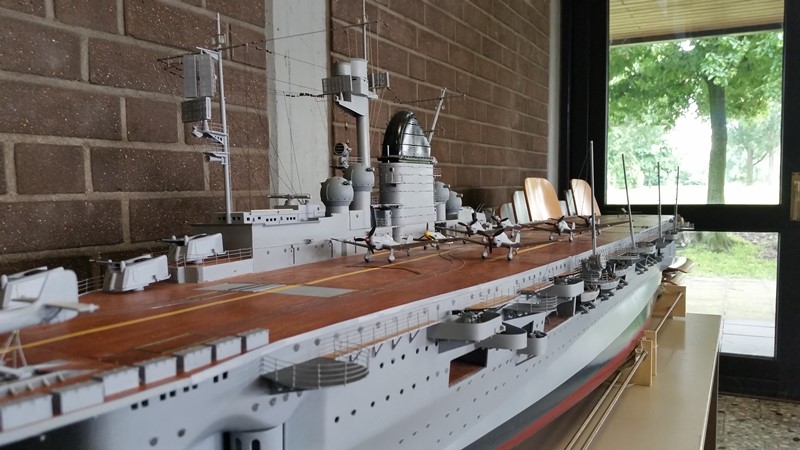

Did the usual lowpass front end, squared up the signal (which amounts to zero crossing detection, there's an edge at each zero crossing) then frequency multiplied for eight octaves up and summed to a psuedo-sawtooth, organ style. I did a side step on that approach a while back. I think you could make this switchable with a couple of resistors.
#U boot fahrten full#
It would add a more string-like second harmonic of the bass tone as it would make it more sawtooth-like as a result probably help hide some of the harmonics that are still in there from the alternate full wave rectification. On another note, you might try making the second of the inversions in each pair be about half the size of the first. Did you try a switch-hitter for this? I think it would save an opamp package and do much the same function. I notice you gate either a true or an inverted signal to the output to create the output. I pre-apologize for the kibitzing that follows. There are bigger schems, PCB layouts and photos here: Here is a quick schem to give you an overview. I have to do this or freewebs redirects you back here) Unlike most sub-octave demos you hear, I do actually let the notes ring out to show the tracking, which is near perfect over the whole fretboard for at least five seconds. The values I used were a compromise between getting a smooth sound on one setting, and a really thick synth sound on the other. There is a little bit of fuzz audible, but this can be removed by increasing the caps in the second low-pass filter.

My favourite is the 12-oclock setting, as this gives a convincing funky bass guitar sound.

Here's a bunch of quick clips I made (played directly into sound card) with the blend knob at different settings. There is a switch for selecting either the smooth sound or the synth sound. There is also an internal trimmer for setting the max volume of the sub-octave. The only control is a blend knob, which allows you to mix the sub-octave effect with the original signal, in any proportion. Like all my effects I have used electronic switching, though it is not essential of course. By switching the feeds to the flip flop you can either get the smooth zero-crossing suboctave effect, or a synthy, fuzzy, more glitchy peak detector effect. The OC2 uses two out-of-phase peak detectors to drive an SR flip flop, whereas the Uboat uses one balanced zero crossing detector (highly accurate) and one peak detector. This gives slightly better tracking than the OC2 because it is much easier to make a zero crossing detector than a peak detector, but the result contains more harmonics. It uses a zero-crossing method to convert the incoming sinewave to a suboctave. The U-boat is slightly simpler than the chopped OC2 as it uses only eight opamps, two of which are just buffers. I though I would set this to rights by designing a new smooth sub octave effect, presented herewith! The best we have is the chopped OC2, or other commercial schematics. To my knowledge, no one has ever designed a DIY smooth sub-octave effect.


 0 kommentar(er)
0 kommentar(er)
